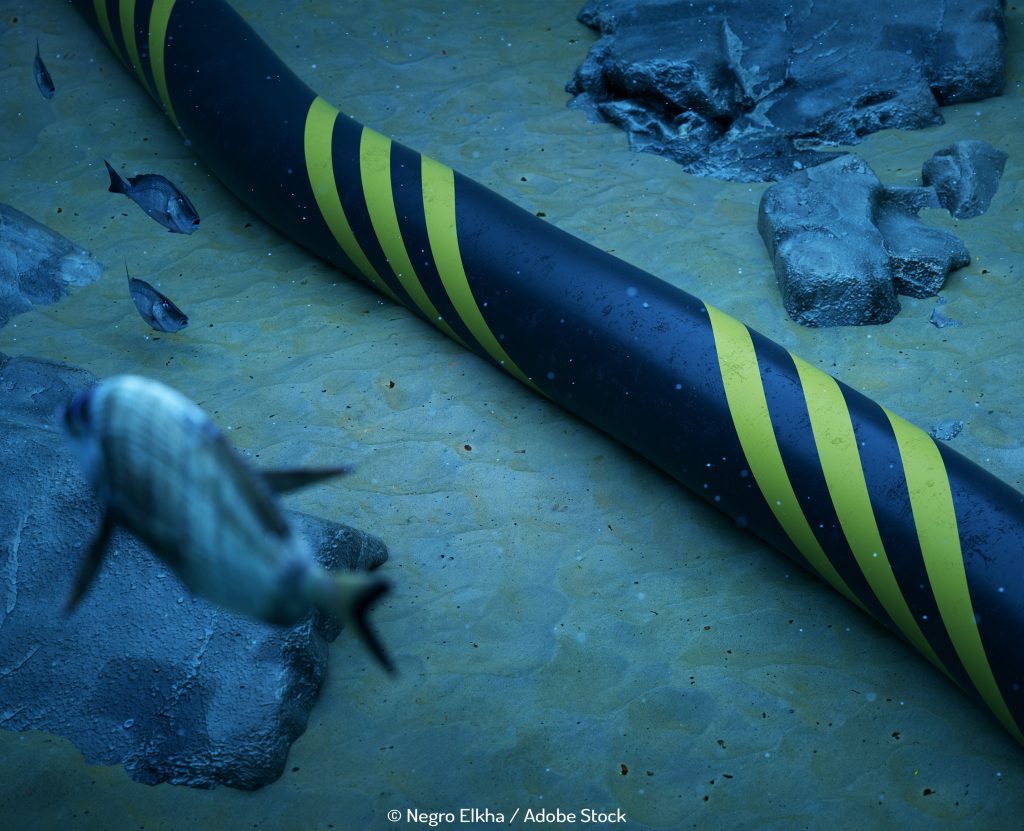Shell’s Alaska Arctic spill response plan gets US court approval
- 27,917.
- $4.5bn.
- 26bn.
- 266 ft.
- 2 – 1.
Let’s start with the first one. That’s how many ringed seals, beluga and bowhead whales environmentalists deem to be at risk after Royal Dutch Shell was permitted to keep its exploration lease in Alaska.
Moving to number two – you might say the counter balance – is the $4.5bn the company spent between 2005 and 2012 trying to drill in the Chukchi waters.
The third is the reason the petroleum companies are trying to do it. 26bn barrels of recoverable oil as estimated by the US Geological Survey.
Coming in at number four is the length of the drill rig, the Kulluk, which ran aground with 150,000 gallons of fuel and drilling fluid as Shell was trying to bring it back to shore. The National Transportation Safety Board said there had been an “inadequate assessment of the risk”. This landed Shell in hot water in 2012 and has been the reason for delays in drilling ever since.
And the final number is how a three judge panel on the 9th US Circuit Court of Appeals finally concluded over claims by opponents that Shell could not realistically deal with a spill in the Artic. The company presented spill plans that were approved in early 2012 having been revamped since the Deepwater Horizon disaster in the Gulf of Mexico, where tens of billions of dollars have been spent on the clean-up operation. It now stands by the assertion it can remove 90-95% of any oil spilled.
The court rejected Earthjustice’s argument because the plan fell in line with the regulations of the Federal Oil Pollution Act, although the judges confirmed the act did not require Shell to prove it could do it.
A few days later on June 15th the National Oceanic and Atmospheric Administration passed a decision seen by environmentalists as an “OK to disturb whales, porpoises and seals” by lowering the number of federal permits Shell needs before it can restart drilling. As a result Shell hopes it will be able to return to fossil fuel exploration in the Artic as early as next month.
NOAA has attached conditions. Boats have to travel at five knots when they come within 300 yards of whales, they have to be steered away whenever possible and avoid multiple changes of speed and direction whenever they are close to whales. One of the major concerns is actively attempting to prevent a group of whales from being divided because of noise disruption from machinery.
Shell spokesman Curtis Smith says it has now got “a retired admiral leading our logistics and maritime group and we’re applying Shell’s global marine standards to this programme.”
It’s not enough for some. The Centre for Biological Diversity in Anchorage warns it isn’t possible to mitigate against every one of the numerous hazards of Artic drilling. According to Rebecca Noblin, “Shell and the Obama administration are denying reality if they think they can eliminate the risk.”
Earthjustice has urged the government to reject the drilling plans but Smith is confident nothing would knock Shell of its course, saying “We look forward to receiving the remaining permits necessary to commence exploration activities offshore Alaska in the weeks to come.”
There is an old proverb that you should be careful what you wish for in case it comes true. With a Bureau of Ocean Energy Management report suggesting there was a 75% chance of a spill happening if oil is produced in the Chukchi Sea, let’s hope that doesn’t ring true for Curtis.


